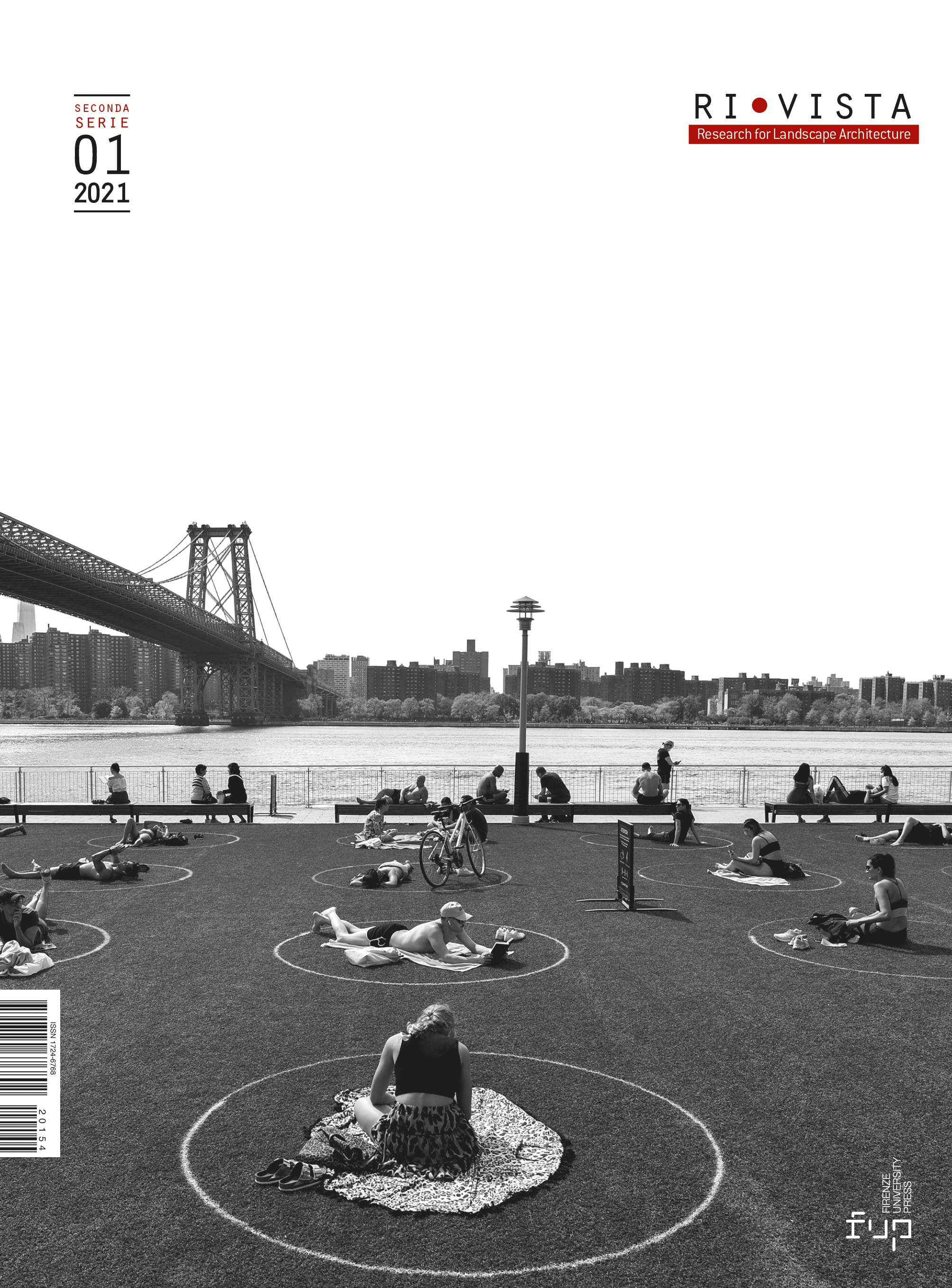Cities after covid-19: how trees and green infrastructures can help shaping a sustainable future
Published 2021-07-26
Keywords
- Urban green,
- canopy cover,
- gentrification,
- SDGs,
- ecosystems
How to Cite
Abstract
There is no doubt that metropolitan areas are, and will increasingly be, the engines of economic growth and fertile grounds for the development of technology, creativity and innovation and this will need a shift in the future cities planning and management especially regarding the increase in green areas. This must be done through a regeneration process that can only refer to the 17 objectives of sustainable development (UN, 2019) that are frequently neglected in regeneration programs and this is likely to result in unsustainable urban renewal in many cities. Three main challenges for sustainable urban regeneration can be identified:- environmental (climate change, carbon emissions and use of resources), - social (inequality, cohesion and health), - institutional (governance).
We need to promote the start of a real "green revolution", a revolution that, through the increase in plant cover, will make our cities a better place, doing it with an inclusive approach. The "green" city cannot therefore remain only a set of abstract, portable, stereotyped ideas because it must be the place that will constitute the territory of activity of our life






